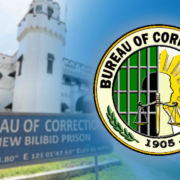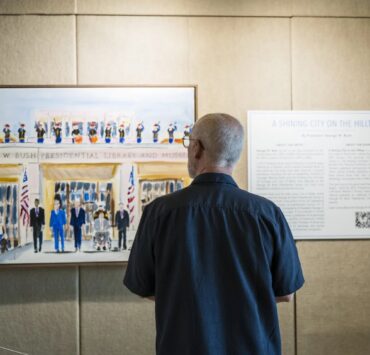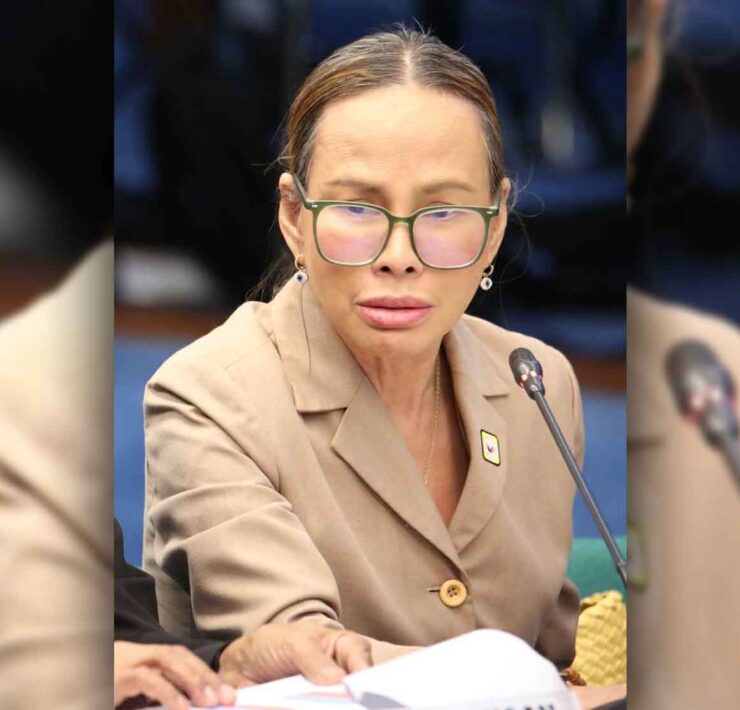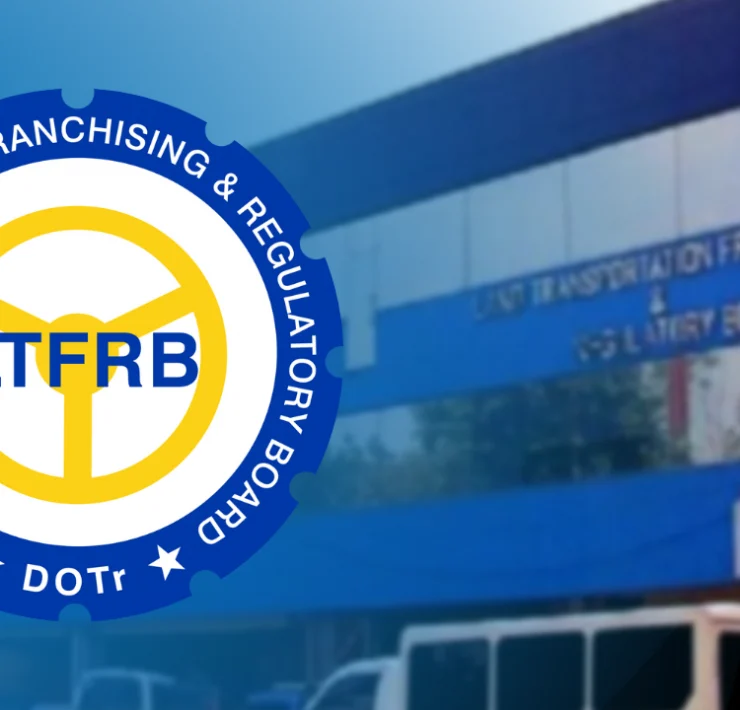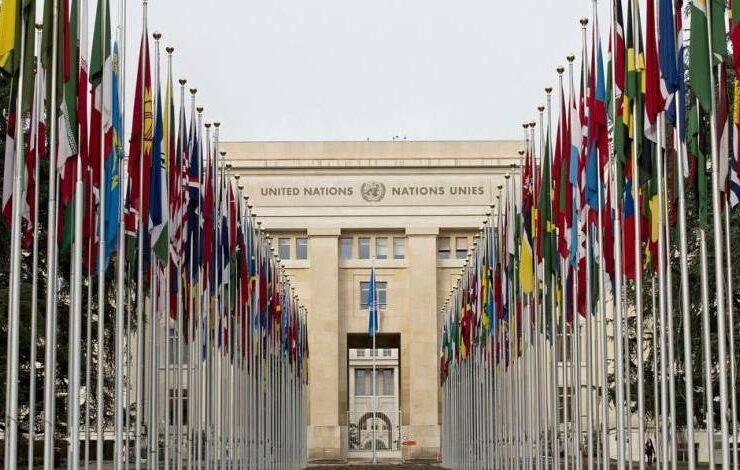Pampanga finds ties with Pope Leo XIV
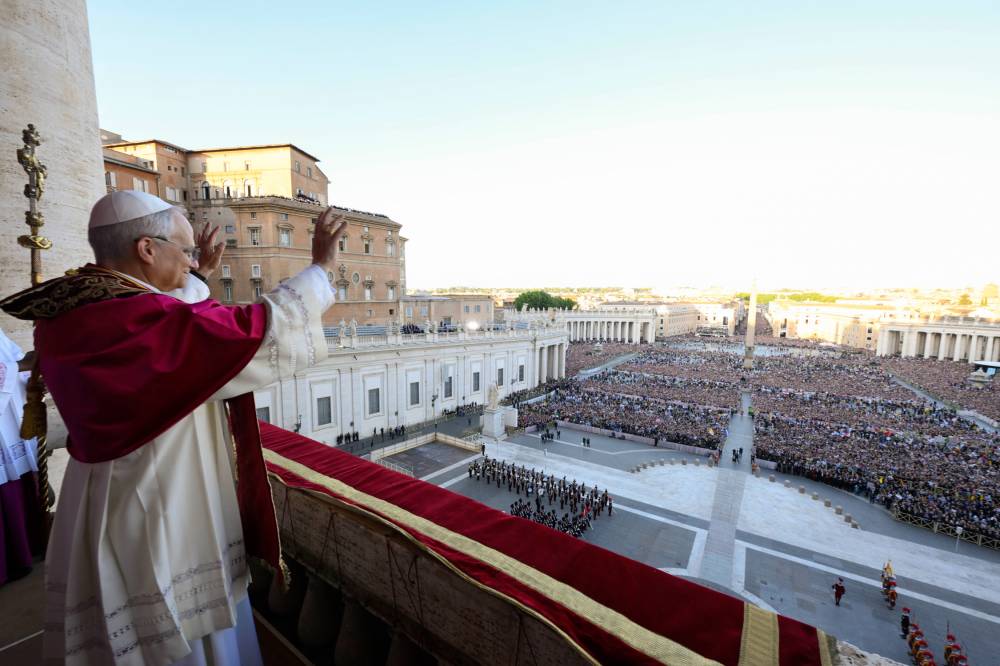
CITY OF SAN FERNANDO—Cardinal Pablo Virgilio David found a deep connection between the Philippines and Pope Leo XIV, the Chicago-born Cardinal Robert Francis Prevost and the new leader of the Roman Catholic Church.
He shared on Facebook: “When we lined up to greet him immediately after the conclave, I said to him in English, ‘Holy Father, I hope and pray that you get to visit us in the Philippines. My home province in Pampanga was evangelized by the Spanish Augustinian missionaries.’ He smiled and said, ‘Who knows? If God wills it, why not?’ I’m sure several others also invited him.”
Robby Tantingco, executive director of the Holy Angel University Center for Kapampangan Studies, summed up the historical ties. “Pope Leo XIV, elected Prior General of the entire Augustinian Order in 2001 and reelected in 2007, follows the same rule and spirituality of the missionaries that brought Christianity to Kapampangans in 1571 and left their historical and cultural imprint on Pampanga,” he pointed out.
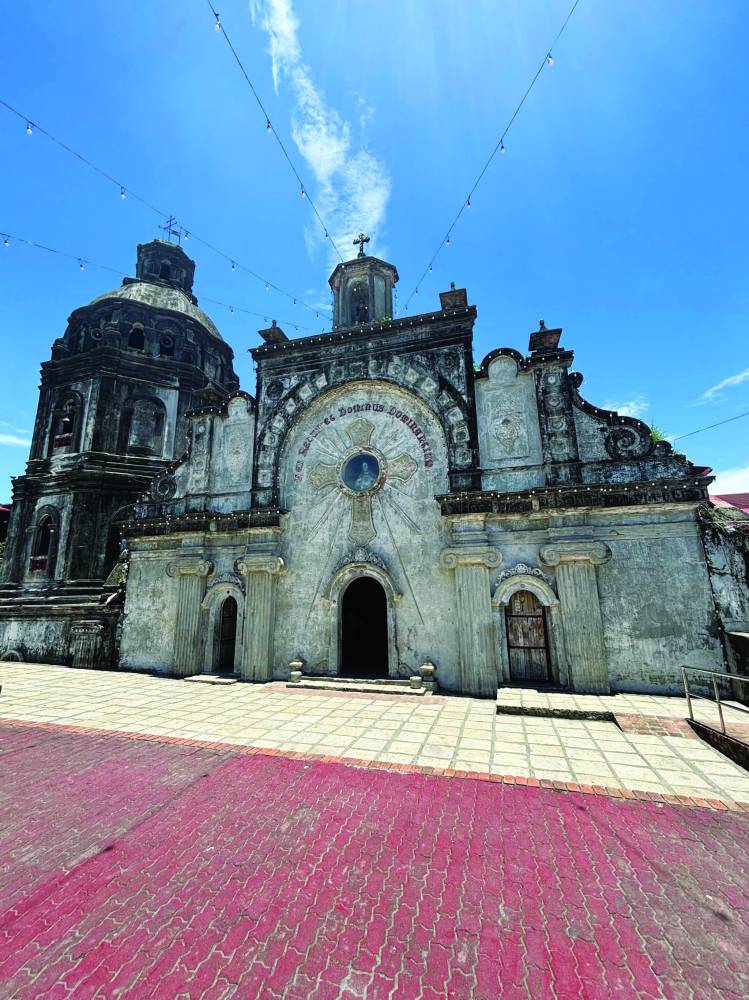
One of the five religious orders that served during the Spanish colonization, the Augustinians (Order of St. Augustine) established the first parishes, built the first churches and schools and impacted Kapampangans’ social life “in good ways and bad.”
He said the missionaries attended to natives during epidemics like cholera outbreaks, endearing themselves to the local people who defended them during the 1898 revolution. “They outlasted the Spanish colonial period, with the last Augustinian friar staying in Pampanga until the 1960s,” added Tantingco, a former seminarian.
Legacies
The CKS published the legacies of Augustinians in the magazine Singsing in 2009.
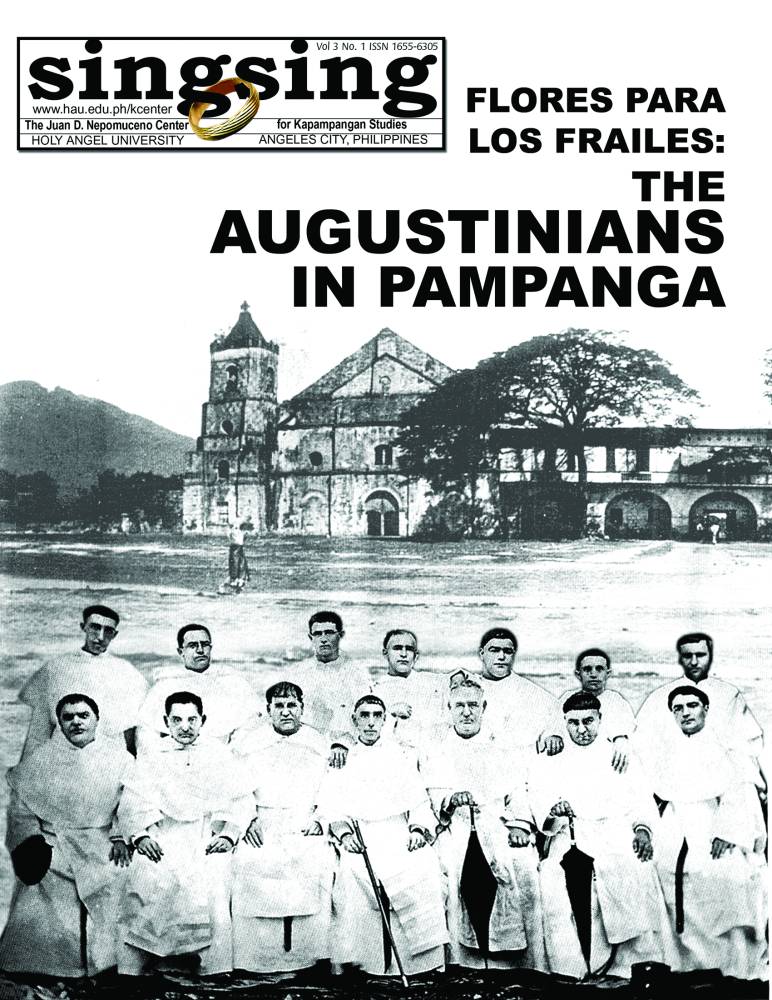
According to the late Pampanga historian and former Augustinian brother Francis Musni, the congregation’s presence in the Philippines began with five friars who accompanied the expedition of Miguel Lopez de Legazpi in 1565. Pampanga, he said, was their first and last territory and evangelical ministry in Luzon since 1572 up to 1960, starting with Lubao town.
Pampanga has 22 of the 250 parishes that the Augustinian Order established in the country, with several of them still bearing the emblem of a flaming heart. The priests taught the natives how to build churches, sharing construction techniques. The “pisamban” (church) has belfries with “campana” (bells) that had various beats for different times of day and occasions like deaths and disasters.
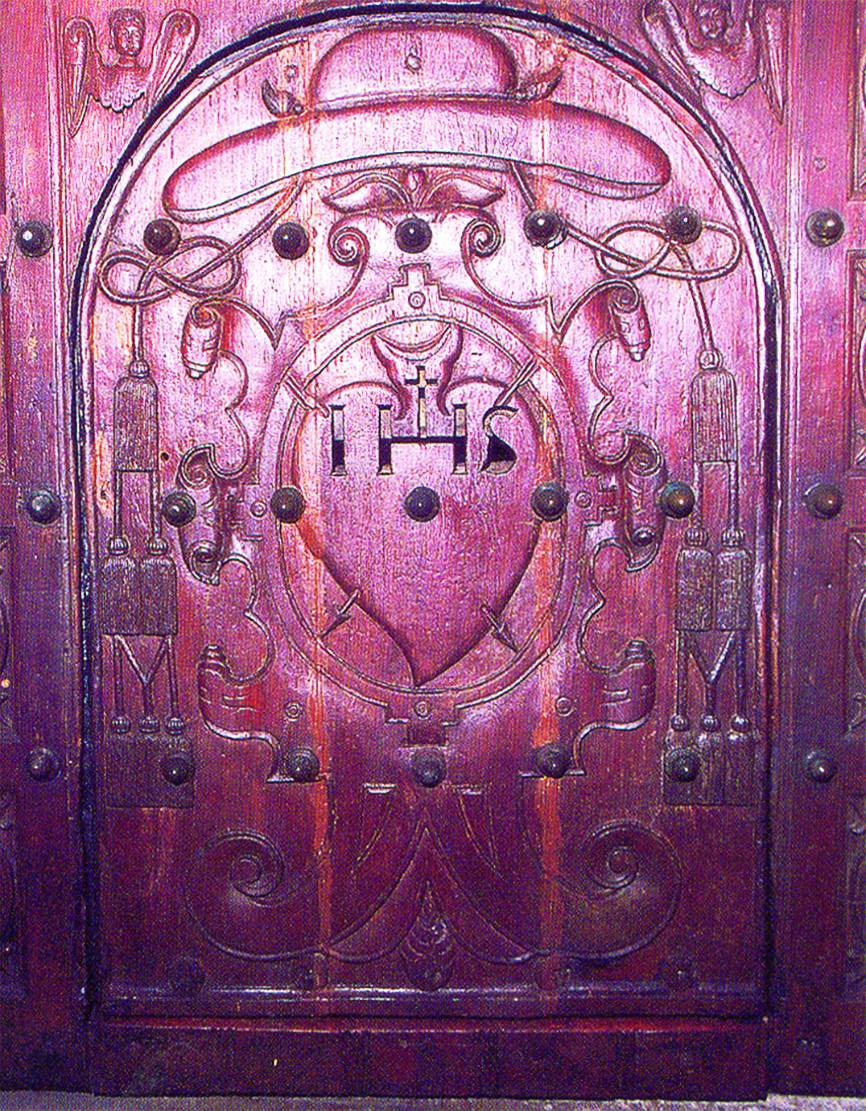
Musni also said the friars wrote grammar books and dictionaries so they could understand the language of the converts. In the process, however, the ancient script —called “kulitan”— diminished because of the introduction of the Western script. Later, this resulted in being divided on orthography.
“The Augustinians were learned men who made scholarly studies on their Kapampangan milieu,” said Musni.
Fr. Guillermo Masnou catalogued and analyzed the “herbolarios” (quack doctors) of Pampanga while Fr. Antonio Llanos studied Mt. Arayat.
They were also among the pioneer educators in the Philippines by founding parochial schools. They mediated in the 1660 Pampanga Revolt for their native parishioners led by Don Francisco Maniago over unpaid labor in cutting timber.
According to Musni, Pampanga was without Augustinians friars for 18 years from 1772 to 1791 as King Carlos III ordered the turnover of parishes to the secular clergy.
Gen. Simon de Anda implemented the order, ejecting the Augustinians from their parishes even as they supported him in his fight against the British forces eight years before. Except for Apalit, the friars gave up their Pampanga parishes in 1810, reclaiming these by 1893.
They also defended the oppressed, according to Fr. Policarpo Hernandez, OSA.
“They were, too, their defenders against the misdeeds of governors and leaders, to such an extent that some Augustinians had to be transferred to other places for defending the rights of their faithful,” he wrote. In another account, Hernandez cited letters of Kapampangans seeking the retention or appointment of their priests.
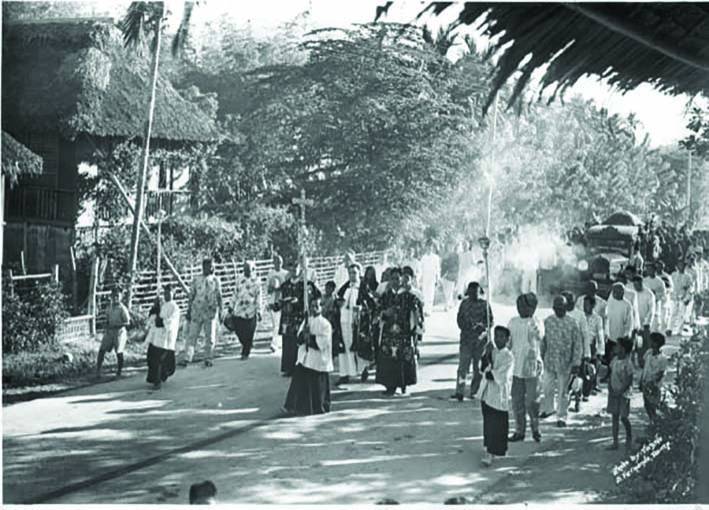
Still present
The Augustinians are still present in the Philippines. Based in Cebu, they do pastoral and education apostolate as well as seminary formation and overseas missions.
Before he was elected Pope, Prevost visited Cebu in 2004, 2008, 2009, 2010 and 2012 when he was still the prior general of the Order of Saint Augustine (OSA) from 2001 to 2013.
The OSA friars are the caretakers of the image of the Santo Niño or the Holy Child Jesus that was given as a baptismal gift by Portuguese explorer Ferdinand Magellan to Cebu’s Queen Juana in 1521.
The oldest image in the Philippines is now housed at Basilica Minore del Santo Niño de Cebu which is under the supervision of the Augustinians.
According to Fr. Jules Almerez, OSA, media liaison officer of the centuries-old church, Prevost had presided over one of the novena Masses in honor of the Child Jesus on Jan. 15, 2009.
Almerez said Prevost was amazed at the huge crowd that gathered at the Basilica Minore del Santo Niño de Cebu to attend Masses leading to the feast of the Child Jesus.
Prevost last visited Cebu in 2012 when he went to the Augustinian’s retreat house in Consolacion town. —WITH A REPORT FROM JHUNNEX NAPALLACAN









